
Tel: 020 7620 1818 email: cookandbutler@btconnect.com
The Worshipful Company of Leathersellers
www.leathersellers.co.uk
Livery Dinner
March 2015, Girdlers' Hall, London
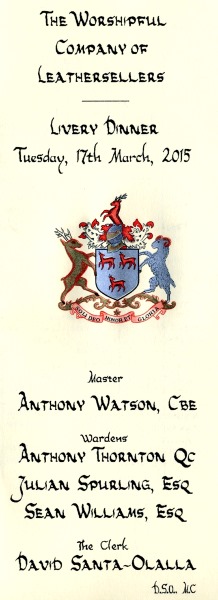
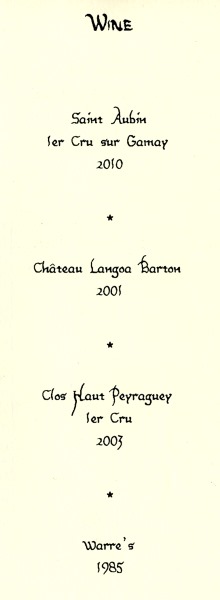

Girdlers' Hall
Long before they received formal recognition, the Girdlers
were a fraternity of craftsmen, associating for religious observance and
mutual assistance, as well as for guarding the secrets, standards and
conditions of their craft. They received royal letters patent in 1327
regulating the craft and in 1449 were granted a Royal Charter of
incorporation.
The Company received a grant of arms in 1454. The arms embody three
gridirons, alias griddle or girdle irons. The crest is a figure of St.
Lawrence the Martyr who, according to legend, was burned to death on a
gridiron. On account of this punning allusion, St. Lawrence is the patron
saint of the Girdlers and the Company has ancient connections with the
nearby church of St. Lawrence Jewry-next-Guildhall. The members of the
Company used to wear a distinguishing livery — a coloured gown and hood,
believed to have been of blue and gold.
The Girdlers flourished from medieval times until the end of the sixteenth
century, when girdles began to go out of fashion. Even in its heyday the
Company overlapped with other crafts concerned with metal or leather and was
at various times associated with the Pinners, the Cordwainers and the Gold
and Silver Wyre Drawers. Today the Girdlers' Company no longer practises its
craft, with the single proud exception that it has the privilege of
presenting the sword belt for the Sword of State and stole for each
Sovereign's coronation.
In 1431 Andrew Hunt bequeathed the Company buildings and land which are
substantially the site of the present Hall. Hunt's buildings became the
Company's Hall, which was developed and improved over the years. In common
with many other livery halls, this building was destroyed in the Great Fire
of 1666. The replacement, built in 1681 at a cost of some £1,500, was
destroyed by enemy action in 1940 and rebuilt in 1961.
In 2006 the Company decided to refurbish the Hall and to add a further
floor. Work on this project started straight after Election Day 2007 and
completed in May 2008. The Hall contains a number of items precious to the
Company, including the Bell Carpet, commissioned by Past Master Robert Bell
(a prominent member of the East India Company) in 1630, woven in Lahore and
presented in 1634. The Company is also extremely proud of its garden, which
regularly wins prizes in the City of London garden competitions.

Livery Dinner
May 2014, Stationers' Hall, London
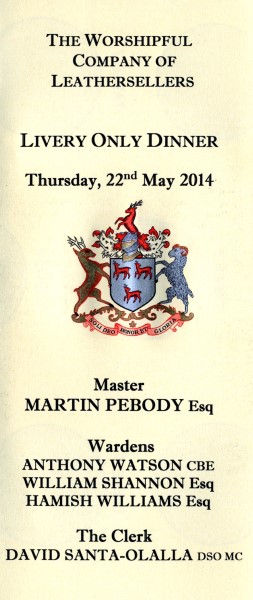
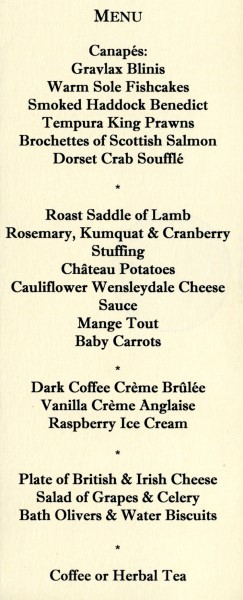


Livery Dinner in honour of the
Rt. Hon. The Lord Mayor
April 2014, Armourers' Hall, City of London
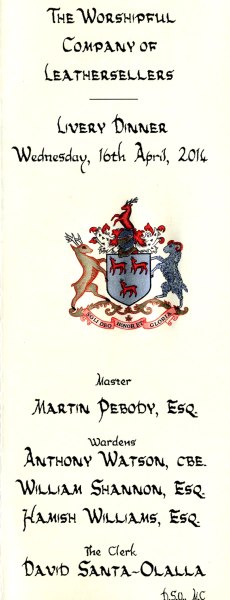



Livery Dinner
February 2014
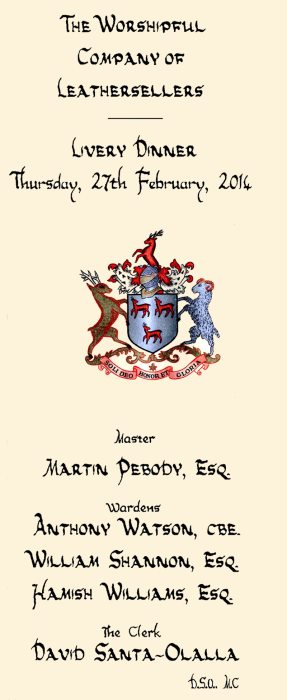


Masters, Prime Wardens and Clerks' Dinner
July 2011, Saddlers' Hall, London
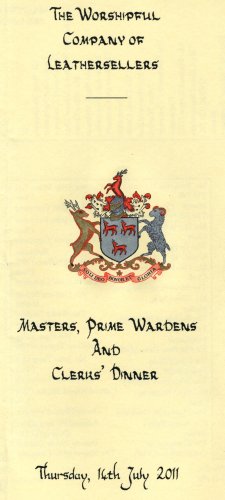

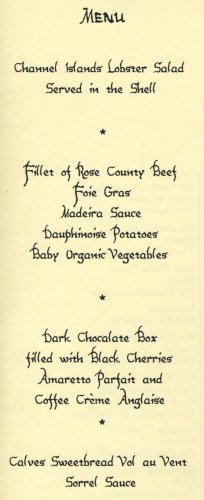

Livery Dinner
May 2011, Armourers' Hall, London
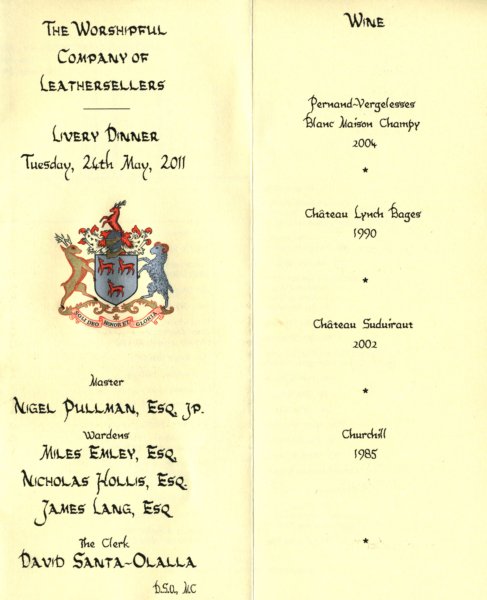


Leathersellers’ Halls, 1444-2011
The Leathersellers began as tradesmen in mediaeval
London, dealing in the production and sale of light
leather goods and prepared hides which were sold in Leadenhall Market. The
earliest reference to the Leathersellers as a distinct fellowship or
community is in 1372, when they petitioned the Mayor and Aldermen to stop
the dishonest practice of dyers staining sheep’s leather to resemble the
more valuable roe leather. They obtained their first Ordinances, or rules of
government, in 1398 during the mayoralty of Richard Whittington.
In 1444 the Leathersellers were granted their first Royal Charter, which
cost £10. They were the twelfth Livery Company to become incorporated. Soon
after this they purchased property in the parish of All Hallows, London
Wall, part of which became the Company’s first Hall. Leathersellers are
ranked at number 15 in the order of precedence established in 1515. The
number of Liveiymen is restricted to 150.
In 1543 the Company made the only move in its long history, from London Wall
to its present site just off Bishopsgate. This was facilitated by the
Reformation, which brought the St Helen’s estate onto the market following
the closure of the Benedictine priory of St Helen, the only convent of nuns
situated within the City walls. A Liveryman, John Hasilwood, donated most of
the £380 required to purchase the estate.
Links between the Leathersellers and the leather trade have diminished, but
never disappeared. The Company still acts as a benefactor and advocate for
the leather industry. It founded and continues to support the
British School
of Leather Technology, now part of the University
of Northampton. It is also proud
to maintain its long tradition of charitable and educational activities.
These are wide-ranging but include supporting almshouses at Barnet and
schools in south-east London
(Colfe’s and the Leathersellers’ Federation of Schools, a trio of schools in
Lewisham under the Prendergast banner).
The Company has re-developed its St Helen’s property several times as
buildings have needed replacement or disaster has struck. The third Hall was
burnt to the ground in 1819 and the fifth Hall was destroyed by a bomb
during the worst night of the London Blitz in 1941. In 2011 works began on
another major re-development, which will retain the early 20th century
facades but result in a completely new Hall being built at 5-7 St. Helen’s
Place. This will become the seventh Hall in the Company’s long history.
![]()